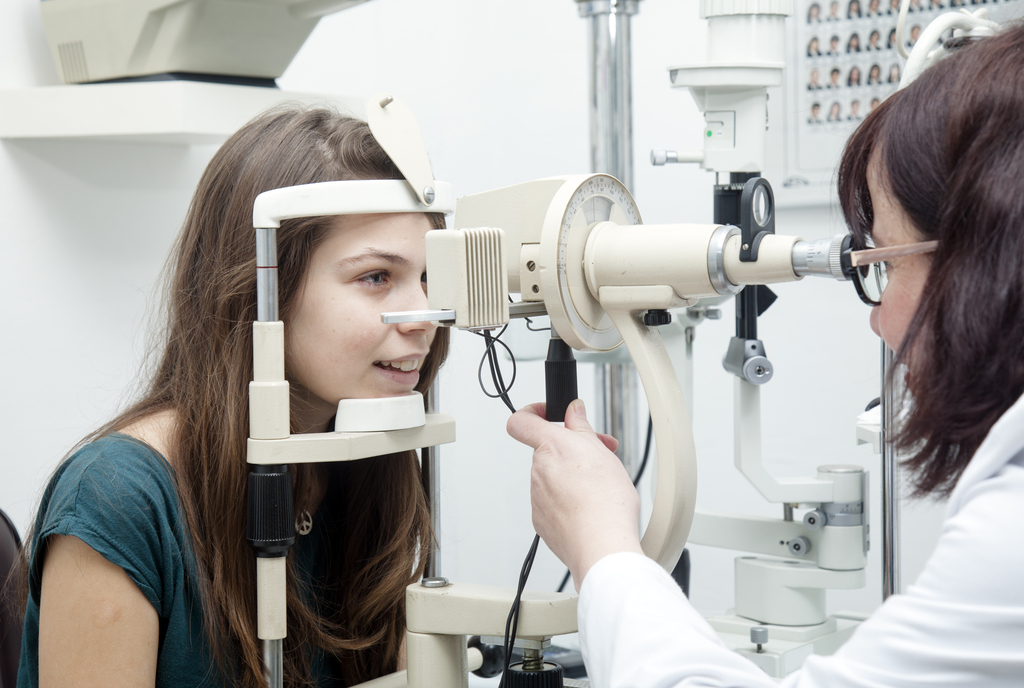Condition
Pediatric Cranial Nerve Palsies
What You Need to Know
Certain cranial nerves (3, 4 and 6) control eye movement and function. Palsy means weakness or lack of function and palsies in these cranial nerves cause problems with eye function.
Causes
Some causes of cranial nerve palsies affecting the eyes include:
- Congenital (present at birth) development problems
- Diseases including diabetes, stroke, and high blood pressure
- Traumatic brain injury
- Infections
- Pressure inside the brain from tumors or aneurysms
Typical Health Journey
Cranial nerve palsies often resolve themselves over a few months. If they do not, your child's healthcare provider will focus on treating:
- The symptoms
- The underlying cause
When to Seek Care
You should consult with a doctor if your child experiences:
- Sudden vision changes
- Facial weakness
- Other new or worsening symptoms
Schedule an Appointment
Our pediatric specialists provide personalized care for your child’s physical, mental and emotional health needs. Meet the providers who treat cranial nerve palsies and schedule an appointment today.
Frequently Asked Questions
What are the symptoms of cranial nerve palsies in children?
How are cranial nerve palsies diagnosed in children?
What are the treatments for cranial nerve palsies in children?
Departments that Treat Cranial Nerve Palsies

Ophthalmology
See how the pediatric ophthalmologists at Children's National specialize in diagnosing and treating complex eye problems, including strabismus, childhood cataracts, glaucoma and rare congenital disorders.

Help Kids and Make a Difference
Invest in future cures for some of life's most devastating diseases. Give today to help more children grow up stronger.





